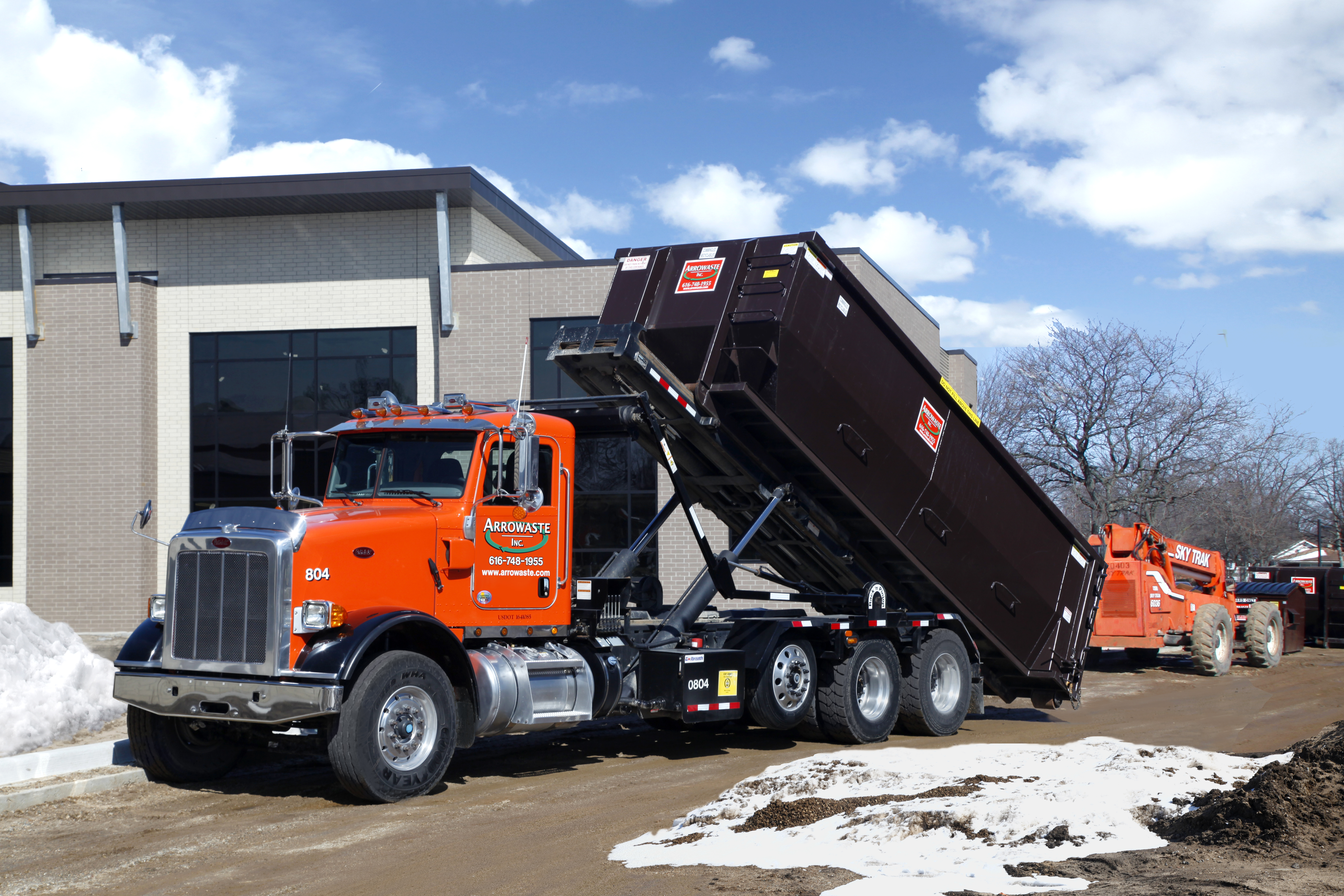When starting a task that requires a dumpster, the dimension you pick can considerably impact its efficiency and cost-effectiveness. Picture having the excellent container that fits all your waste without being excessively huge or too little. All of it beginnings with comprehending the subtleties of your project and selecting a dumpster dimension that straightens with your specific needs. So, prior to you decide, take into consideration the elements at play to ensure a seamless waste administration procedure throughout.
Aspects to Consider
When selecting the appropriate dumpster size, there are several vital variables to think about.
Initially, think about the sort of waste you'll be dealing with. Various products may need varying quantities of room, so understanding what you'll be putting in the dumpster is essential.
Next, evaluate https://menafn.com/1100110912/Dumpster-Rental-Market-Size-2020-Share-Regional-Trend-Future-Growth-Leading-Players-Updates-Industry-Demand-Current-and-Future-Plans-by-Forecast-to-2025 of waste you expect to create. If you take too lightly the volume, you may need to make multiple trips to get rid of everything, which can be bothersome and pricey. On the other hand, renting out a dumpster that's as well huge can bring about unneeded costs.
Furthermore, consider the area where the dumpster will certainly be positioned. Ensure there suffices space for the dumpster to be delivered and picked up with no blockages.
Finally, think of https://junk-dumpster99876.blogproducer.com/36946052/damage-devoid-of-the-mess-and-confusion-with-a-scrap-elimination-solution-discover-the-extraordinary-benefits-of-decluttering-today of weight limitations that may apply. Going beyond the weight limit can result in additional costs and even the rejection of service.
Dumpster Size Options
For selecting the appropriate dumpster dimension, it's essential to have a good understanding of the readily available choices. Dumpster dimensions commonly range from 10 to 40 cubic yards, with variations in between.
A 10-yard dumpster is suitable for little projects like a garage cleanout or a little renovation. If you're taking on a medium-sized job such as a kitchen remodel or a basement cleanout, a 20-yard dumpster could be the best selection.
For bigger projects like a whole-house restoration or industrial building and construction, a 30 or 40-yard dumpster could be preferable to accommodate the volume of waste produced.
When deciding on a dumpster size, consider the quantity and sort of particles you expect to throw away. It's better to select a somewhat bigger dimension if you're not sure to prevent overfilling. Remember, it's more economical to rent a dumpster that fits your demands instead of needing to get an additional one.
Matching Dimension to Project
Ideally matching the dumpster size to your project is important for effective waste administration. To determine the best dimension, think about the scope and nature of your task.
For tiny house cleanouts or restorations, a 10-yard dumpster might be enough. These are generally 12 feet long and can hold around 4 pickup truck lots of waste.
For larger tasks like renovating numerous rooms or cleaning out a huge estate, a 20-yard dumpster may be better. These are around 22 feet long and can hold approximately 8 pickup tons.
If you're taking on a major building job or business renovation, a 30-yard dumpster could be the very best fit. These dumpsters are about 22 feet long and can fit about 12 pickup truck lots of particles.
Matching the dumpster size to your project guarantees you have sufficient space for all waste materials without overpaying for extra capacity.
Verdict
Finally, selecting the appropriate dumpster size for your project is crucial for effective waste disposal. By thinking about aspects like the kind and amount of waste, space accessibility, weight limitations, and budget plan constraints, you can ensure you have the proper size dumpster for your needs. Ensure to match the dimension of the dumpster to the scope and nature of your project to prevent overspending on unneeded expenditures.
